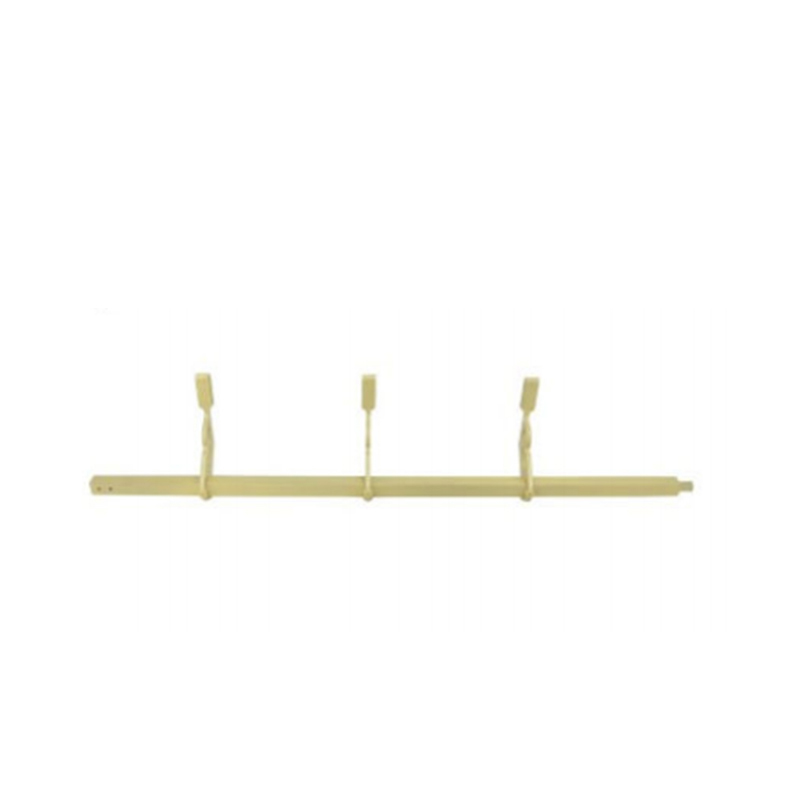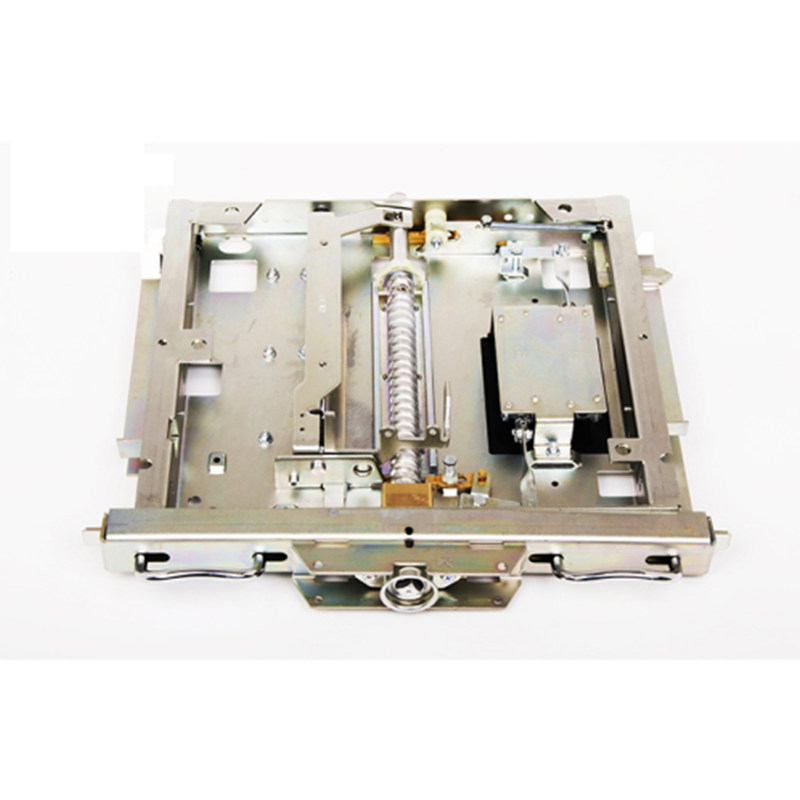What are the functions and installation methods of Fuse Tripping?
In the operation and maintenance of electrical systems, fuse tripping is an extremely crucial safety mechanism. It is like the loyal guardian of the electrical circuit, constantly monitoring the dynamics of current and voltage, and taking prompt action when abnormal situations occur to ensure the stability and safety of the entire electrical system. Understanding the functions of fuse tripping and mastering the correct installation methods are of great importance not only for electrical engineers and electricians but also for ordinary household users when dealing with some simple electrical matters. The following will elaborate on the functions and installation steps of fuse tripping in detail.
I. Functions of Fuse Tripping
Overload Protection
When an overload occurs in the circuit, that is, when the current exceeds the rated current of the fuse, the fuse will trip. This is because the excessive current will cause the temperature of the fuse to rise. When it reaches its melting point, the fuse will blow and cut off the circuit. For example, in a household electrical circuit, if multiple high-power electrical appliances such as air conditioners and electric water heaters are used simultaneously, the total current may exceed the carrying capacity of the fuse. At this time, the fuse tripping can prevent the wires from overheating and causing dangers such as fire, protecting electrical appliances and the safety of household electricity use.
Short-Circuit Protection
When a short circuit occurs in the circuit, the current will increase instantaneously and sharply. A short circuit may be caused by damaged wire insulation, internal faults of electrical appliances, and other reasons, resulting in direct contact between two or more wires. The fuse can quickly detect this abnormally large current and trip, isolating the short-circuited part from the power source and avoiding serious damage to the entire circuit system caused by the short-circuit current, including burning wires and damaging electrical appliances. For example, in industrial production, if the winding of a motor is short-circuited, the fuse tripping can prevent the fault from spreading and protect other equipment and the safety of the entire production line.
Overvoltage Protection (in some cases)
Some specially designed fuse tripping devices may have a certain overvoltage protection function. When the voltage in the circuit exceeds the rated voltage by a certain range, it may cause damage to electrical appliances, such as damaging electronic components. The fuse tripping device with overvoltage protection function can operate when the voltage rises abnormally and cut off the circuit to protect electrical appliances from the impact of excessive voltage. However, not all fuse trippings have this function, which depends on their design and application scenarios.
II. Installation Steps of Fuse Tripping
Pre-installation Preparation
1.Select the Appropriate Fuse: Select a fuse of the appropriate specification according to the rated current, voltage, and usage environment of the circuit. For example, for a general household lighting circuit, a fuse with a rated current of 5A or 10A may be selected; while for a circuit with a larger power such as an air conditioner circuit, a fuse with a larger rated current, such as 16A or 20A, is required. At the same time, ensure that the voltage rating of the fuse matches the circuit voltage.
2.Check the Installation Environment: The installation location should be dry, well-ventilated, and away from high temperature, humidity, and corrosive substances. Ensure that the installation surface is flat and firm and can bear the weight of the fuse tripping device. For example, when installing in a distribution box, clean the debris in the box and check whether the box is damaged or deformed to prevent affecting the installation and normal operation of the fuse tripping device.
3.Prepare Installation Tools: Commonly used installation tools include screwdrivers, wrenches, and electrician's pliers. Ensure that the tools are in good condition and suitable for the installation work. For example, the size of the screwdriver should match the screw specification of the fuse tripping device.
Installation Process
1.Fix the Base: Install the base of the fuse tripping device at the selected location. Use screws to firmly fix the base on the installation surface and ensure that the base is installed stably without shaking. When tightening the screws, pay attention to the even force to avoid loosening the screws or damaging the base.
Connect the Wires
1.First, cut off the power supply to ensure that the wire connection operation is carried out in a de-energized state to ensure personal safety.
2.Identify the incoming and outgoing wires in the circuit. Generally speaking, the incoming wire is the wire from the power supply, and the outgoing wire is the wire connected to the electrical equipment. According to the wiring markings of the fuse tripping device, connect the incoming wire to the corresponding input terminal, usually marked as "L" (live wire) and "N" (neutral wire) or similar markings. Connect the outgoing wire to the output terminal. When connecting, ensure that the metal part of the wire is in close contact with the terminal.
3.You can use a screwdriver to tighten the screw on the terminal to prevent poor contact, which may cause heating or tripping faults.
Install the Fuse: Correctly install the selected fuse into the fuse holder of the fuse tripping device. Some fuses need to be inserted into specific slots, while others are fixed by screwing or other methods. When installing, ensure that the fuse is installed firmly without looseness or poor contact. For example, for a glass tube fuse, insert it gently into the fuse holder until you hear a "click" indicating that it is installed in place; for a screw-type fuse, tighten it clockwise to make it tightly connected to the base.
Post-installation Inspection
1.Appearance Inspection: Check whether the fuse tripping device is installed firmly, whether the outer casing is damaged, whether the wiring is neat, and whether there are any exposed wire parts. Ensure that all components are installed correctly without any omission or incorrect installation.
2.Function Test: Before restoring the power supply, check the wiring again. Then, slowly restore the power supply and observe whether the fuse tripping device works normally. You can test whether the fuse can trip normally and whether it can be manually reset and resume normal power supply after tripping by simulating an overload or short-circuit situation (under safe conditions, such as using professional test equipment). If any abnormality is found, such as abnormal tripping or inability to reset normally, cut off the power supply immediately, check whether there is a problem with the installation and wiring, and seek the help of a professional electrician if necessary.
3.Correct installation and use of the fuse tripping device are crucial for ensuring circuit safety. During the installation process, it is necessary to strictly follow the operating procedures and ensure that each step is correct to fully utilize its functions of protecting the circuit and electrical appliances.



.jpg)






